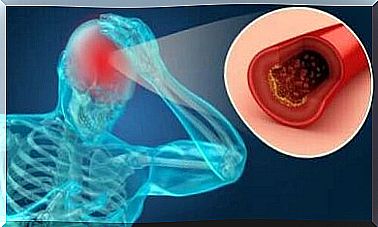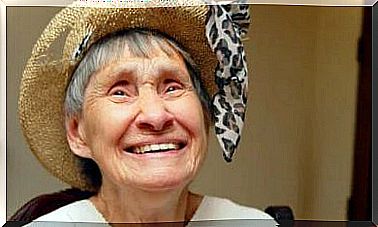Dealing With ADHD: Dos And Don’ts
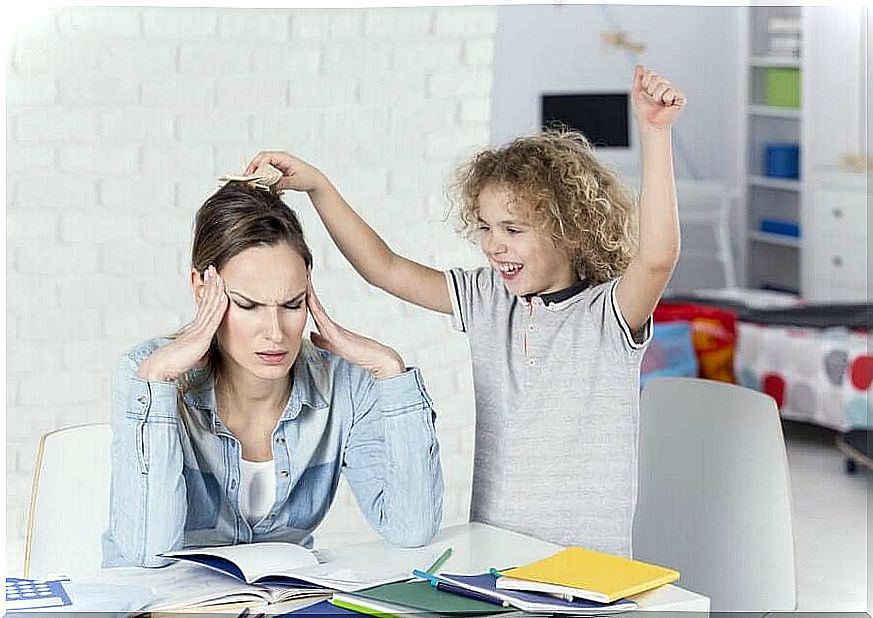
Having a child with Attention Deficit Hyperactivity Disorder (ADHD) can be a daily challenge, with moments of frustration and a lot of stress. However, while it sometimes seems difficult, giving a child with ADHD the best education possible can be easier if you use a few small strategies. Next, we’ll explain what you should do (and what you shouldn’t do) to deal with ADHD.
Normal home routines may not work if your child has ADHD, and traditional parenting formulas are generally not effective. Therefore, we must understand that children with this condition have different needs and reactions. It’s the parents who need to change the way they approach situations.
Characteristics of children with ADHD
Not all children with ADHD have the same behavior because symptoms can vary in intensity and can manifest independently. In fact, in most cases, children with ADHD have only one or two sets of symptoms.
The three main characteristics of ADHD are hyperactivity, attention deficit and impulsivity. Each has particular symptoms.
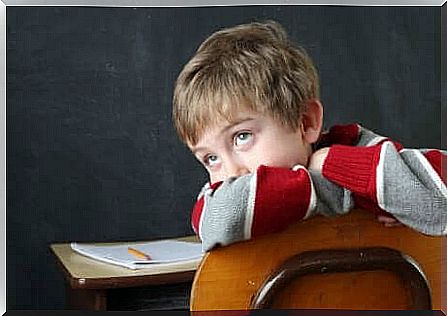
hyperactivity
- Restlessness. The child finds it difficult to remain calm.
- Talk constantly, even when she shouldn’t.
- Makes noises when not speaking.
- It is difficult to relax.
- Leave one activity unfinished and move on to another.
- Get tired of things quickly.
attention deficit
- Has difficulty concentrating.
- It is difficult to pay attention for a longer period of time.
- Easily distracted by things around you.
- Does not pay attention to details.
- Has a tendency not to follow orders or instructions.
- It’s messy and has difficulty organizing your tasks.
- Forget where you leave your stuff.
- Changes the topic of the conversation to a meaningless one.
impulsivity
- The child is impatient.
- It’s impulsive; does things without thinking straight.
- Interrupts other people’s conversations or activities.
- Frequently pick up anything within reach.
- Give aggressive or dominant responses.
- It doesn’t let itself be controlled or dominated.
In addition, 70% of people who suffer from ADHD have other related conditions such as anxiety, depression and post-traumatic stress disorder.
Dos and don’ts when dealing with ADHD
Some adjustments in the way you interact with your child can have a very positive effect on your child’s behavior and the handling of situations that arise. Even some things that work in traditional education have negative effects on children with ADHD.
No – Use punishment
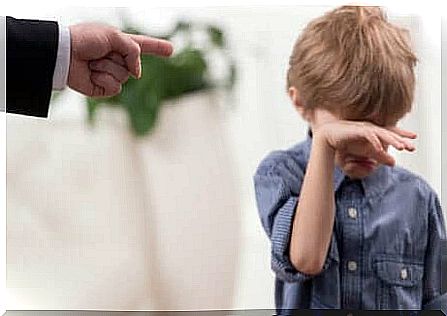
Most of the time, when a child with ADHD disobeys instructions or does something inappropriate, he does n’t do it out of rebellion, but because of his distraction.
Dr. Russell Barkley, an ADHD psychologist, believes punishment only works in the short term. In the long run, the child will lose motivation to do things when asked. She will feel anger and frustration, and will soon forget the lesson and learn to be aggressive.
Yes – Use specific training and motivation to deal with ADHD
An Ohio University study found that training and rewards have positive results. If you want your child to do something in private, do the activity with him the first few times and congratulate him when he does it alone.
No – Improving rules
Children with ADHD may have trouble understanding and remembering home rules and behavior. It may take longer to learn and internalize them, but it will be even more difficult if they are changed. He will certainly make mistakes in the process, but don’t constantly change the rules.
Yes – Set clear rules and allow for some flexibility
The rules must be clear and simple, easy to follow. You can write them down on paper and place them in a visible place. The learning process will not take place overnight, so you must be flexible and patient in accepting your child’s mistakes. Remember to reward him for accomplishments and avoid punishment.
No – Individualize the problems
When there is a problem, if your child does not obey or has not followed instructions, resist the temptation to blame him. Avoid telling him he is distracted or being lazy. Don’t scold him for what he did or what he didn’t do with phrases like “Why didn’t you do this” or “Why did you do this”, he certainly won’t have an explanation and will feel even more frustrated.
Yes – work as a team to deal with ADHD
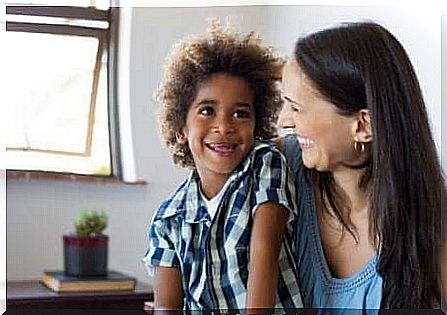
Don’t look for guilt, look for solutions with him. Propose that he is part of that solution. Use phrases like “We have this problem, how can we fix it?” . Let him propose the action to be taken and, if he is correct, reward him with words. If the proposal he gives is not the best, don’t reject it, guide him so that he arrives at the correct solution.
“When you work as a team with your child to correct negative behaviors, you create an atmosphere in which he feels loved and accepted,” explains Carol Brady, child psychologist.
No – Saying “no” without thinking
Sometimes it’s necessary to say ‘no’, but it’s better to give it some thought before directly prohibiting something. Sometimes the “no” is a product of our preoccupations or habit of controlling, not a real need. Therefore, it is better to reflect if there is another possible answer.
Another consideration is that children with ADHD tend to rebel, and excessive negative responses can be a stimulant of this behavior.
Yes – Use yes to say no
If you’re sure the correct answer is “no”, look for a creative way to do it with a “yes”. Propose something else and negotiate. Make him participate in this new proposal to encourage him. This doesn’t mean he should never get a negative response, but look for a kind way to do it.
No – Be flexible at bedtime
Children with ADHD often have trouble falling asleep. When they get little sleep, hyperactivity and distractions increase.
It’s logical to think that you should let him sleep when he’s sleepy, but if he does, he won’t get enough sleep at night and therefore won’t get the rest his body and mind need. When he’s tired and it’s not time for bed, do other activities that get his attention.
Yes – Create a bedtime ritual
Make a sleep routine. At nap time or at night, set a fixed time for your child to go to bed. Turn off all the lights, keep the house as calm as possible and help him fall asleep.
Avoid consuming sweets, caffeinated drinks and any other type of stimulant. Cut down on television time. In short, create a ritual for him to sleep.
Other considerations for dealing with ADHD
Don’t underestimate the medications
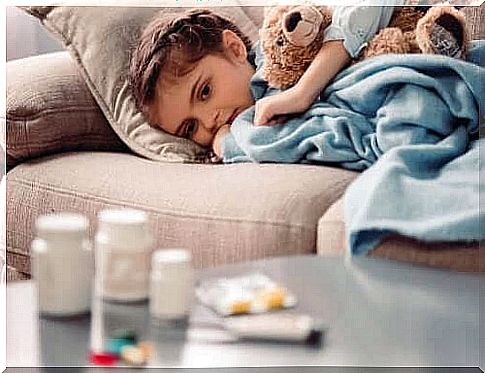
If the doctor has recommended any type of medication, you must be strict in its administration. Medications are a great help to control symptoms. If you have any questions or concerns, talk to your doctor.
Do specific exercise routines to deal with ADHD
Physical activities help to expend energy. They will also help your child to focus and lessen his impulsiveness.
Divide tasks into parts to deal with ADHD
Things that may seem simple to anyone can be titanic challenges for a child with ADHD. Therefore, it is advisable to break them down into smaller activities that may be more manageable for your child.
Help him with a written calendar of these activities and separate them by colors that are easier to tell apart and that look like separate things. Don’t make a single list that he finds impossible to cover.
limit the distractions
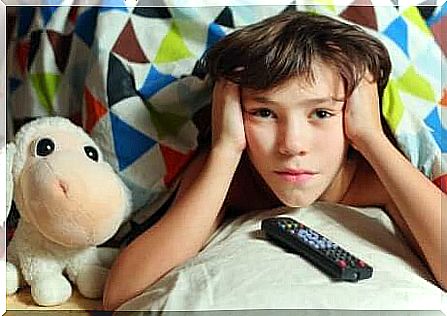
Anything around your child can get your attention. As far as possible, create special environments for your activities. Do not have televisions or video games in the room where the child sleeps or where he does his homework, put the toys away at bedtime and turn off the TV while he eats.
Take breaks to deal with ADHD
You and your child need rest. He needs breaks between his activities so he doesn’t feel overwhelmed. It is also not convenient for him to rely constantly on you. He must learn to trust himself. You also need free time to relax and not feel overwhelmed.
Seek professional help on how to deal with ADHD
Even if you believe that you can handle everything without help, that is not possible. An ADHD psychologist will provide you with tools to work with your child that will open up a whole new world of alternatives.
You can also seek help at home from specialist babysitters, which will allow you to have a rest knowing your child is in safe hands.
